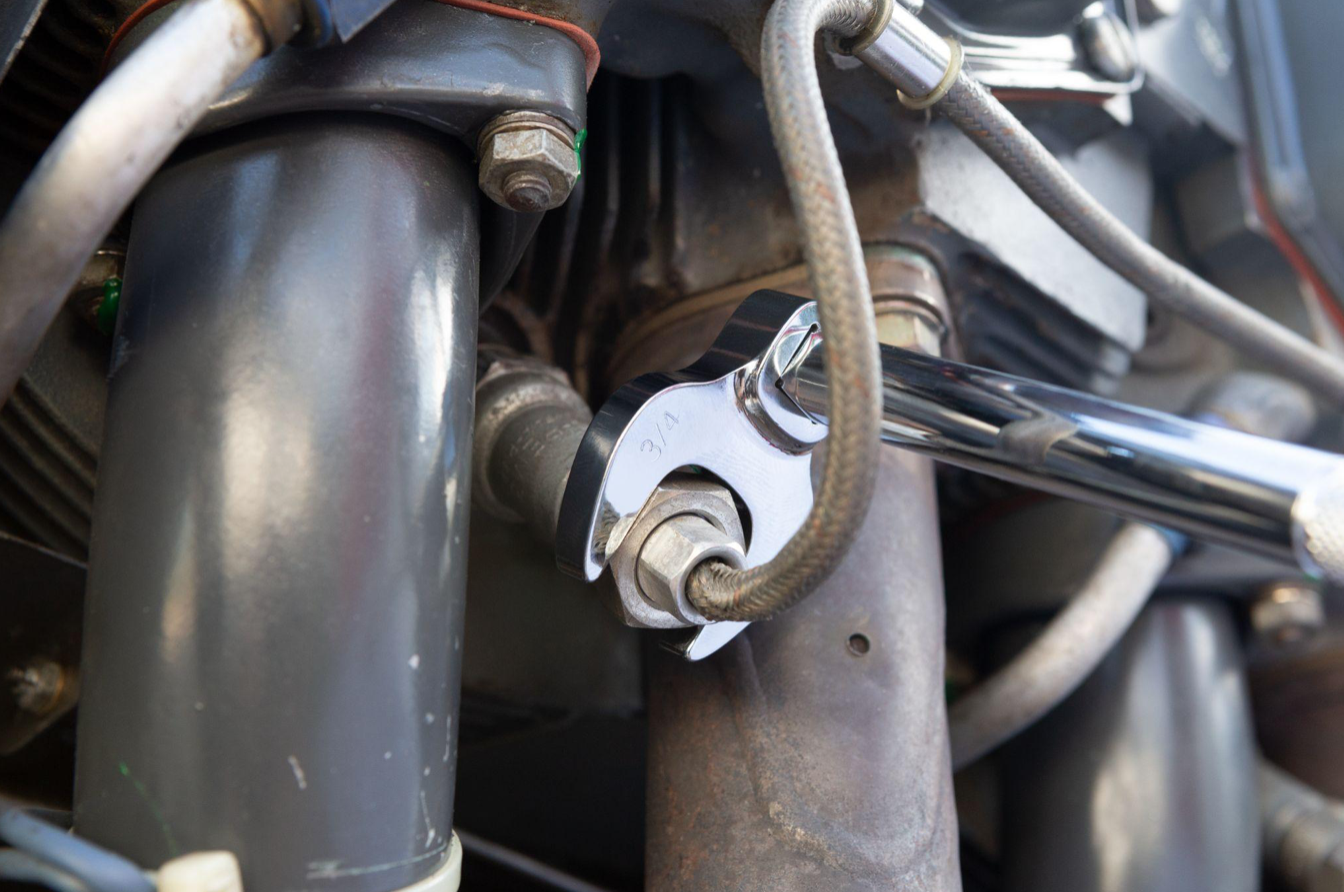The application of hydraulic technology spans various industries, each with its unique set of legal challenges.
The world is witnessing significant advancements in hydraulic technology, with innovators developing cutting-edge solutions to shape various industries.
Hydraulic systems are crucial in powering our modern world, from construction and manufacturing to transportation and energy. However, as these technologies evolve, they bring a range of legal considerations that need to be addressed.
Legal implications of hydraulic advancements
As hydraulic systems become more advanced and integrated, they inevitably interact with laws and regulations governing safety, environmental impact, energy efficiency, and intellectual property rights. This presents both challenges and opportunities.
Hydraulic technology manufacturers must comply with safety standards and regulations. Non-compliance can lead to legal repercussions, including lawsuits, fines, and reputational damage. On the other hand, compliance can enhance brand reputation, open up new markets, and establish customer trust.
Environmental compliance and sustainability
Hydraulic technology is under scrutiny for its potential environmental impact. Governments worldwide are tightening legal requirements related to environmental compliance, pushing manufacturers and industries that utilize hydraulic systems to seek more sustainable and eco-friendly solutions.
The biggest challenge is with hydraulic fluids, which are integral to the function of hydraulic systems. Traditionally, these fluids have been petroleum-based or synthetic, which can contaminate soil, groundwater, river water, and seawater if spilled. The contamination risk means careful handling and disposal procedures are necessary, adding to hydraulic systems industries’ operational costs and potential liability.
To address these challenges, innovation in hydraulic technology is increasingly focused on reducing energy consumption and minimizing environmental impact. For example, advancements in bio-based lubricants offer an environmentally friendly alternative to traditional hydraulic fluids. These lubricants are designed to be biodegradable and less toxic, reducing the risk of environmental damage in case of leaks or spills.
Manufacturers are also exploring techniques to reduce work by mitigating friction between moving parts and lowering the overall energy consumption of hydraulic systems. These innovations not only contribute to environmental sustainability but also enhance operational efficiency.
And aside from technological innovations, there’s a growing emphasis on adopting quality operational practices to minimize environmental impact. Some of the practices advocated are regular maintenance, prompt leak detection and repair, and proper disposal of used hydraulic fluids.
Energy efficiency and resource management
Energy efficiency is another area where legal considerations come into play. With the global push towards energy conservation, laws and regulations promoting energy-efficient technologies are becoming more prevalent.
Energy efficiency
With the global push towards energy conservation and reducing carbon footprint, laws and regulations promoting energy-efficient technologies and practices are becoming more prevalent.
In the European Union, for example, the Energy Efficiency Directive sets targets for energy savings and promotes using energy-efficient technologies. The Greenhouse and Energy Minimum Standards Act (GEMS Act) governs energy efficiency in Australia.
For hydraulic technology manufacturers, prioritizing energy efficiency can provide multiple benefits, including giving them a competitive edge in the market. It can also reduce end-user operating costs, making these products more attractive to consumers.
Resource management
Resource management, including the responsible sourcing of materials and waste disposal, is also subject to legal regulations. Laws such as the Resource Conservation and Recovery Act in the U.S. regulate hazardous waste disposal to protect human health and the environment.

Complying with these laws is essential for businesses to avoid legal pitfalls and potential penalties. Beyond compliance, responsible resource management can also enhance a company’s corporate responsibility profile. By sourcing materials responsibly and managing waste effectively, companies can minimize their environmental impact, boost their reputation, and appeal to a broader range of stakeholders.
Safety and liability concerns
Safety is a paramount concern in the development and use. Manufacturers of hydraulic technology are legally obligated to ensure their products are safe for use and meet all relevant safety standards. This includes conducting thorough testing and inspections before releasing the products.
Manufacturers also need to provide comprehensive instructions for use and clear warning labels about potential hazards. This information should be accessible and understandable so users can safely operate the equipment.
Failure to do so can result in legal liability, including personal injury or product liability lawsuits.
Companies using hydraulic technology must also ensure worker safety. This includes providing proper training, covering the correct operation of the equipment, recognizing potential problems, and knowing what to do in an emergency.
They also need to maintain equipment, with regular inspections and timely repairs, along with keeping records to prove the equipment has been properly maintained.
Adherence to workplace safety regulations is also crucial. These rules aim to protect workers from potential hazards in the workplace. Negligence in these areas can lead to legal action and substantial penalties.
Intellectual property and innovation
Finally, protecting intellectual property rights becomes increasingly crucial as hydraulic technology advances. Innovators must protect their inventions legally through patents, trademarks, and copyrights. This prevents unauthorized use of their technology and fosters innovation by providing a legal framework for commercializing new technologies.
Patents are a key form of IP protection for technological innovations. A patent grants the holder exclusive rights to an invention, preventing others from making, using, selling, or importing the patented innovation without permission. In the context of hydraulic technology, patents can protect new designs, methods, or applications of hydraulic systems.
Trademarks are another form of IP, protecting brand names, logos, and symbols associated with hydraulic products or services. A strong trademark can help hydraulic companies distinguish themselves in a competitive market and build a loyal customer base.
Copyrights, while less common in hydraulic technology, can protect original written works, such as user manuals, product descriptions, and marketing materials. Securing these IP rights prevents unauthorized use of hydraulic technology and incentivizes innovation.
At the same time, companies must be careful not to infringe upon the intellectual property rights of others. Doing so can lead to costly legal battles and potential damage to reputation.
Industry-specific legal challenges
The application of hydraulic technology spans various industries, each with its unique set of legal challenges. For instance, in the construction industry, hydraulic machinery must comply with specific safety standards. In the energy sector, hydraulic systems used for power generation must meet strict environmental regulations.
Understanding all legal requirements is crucial for companies manufacturing or using hydraulic technology. It allows them to navigate the legal landscape effectively and capitalize on the opportunities offered by advancing hydraulic technology.


Join the conversation!